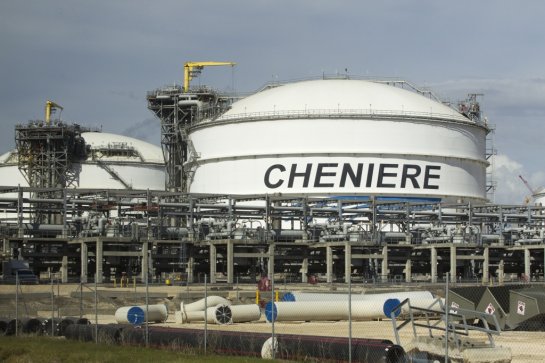On February 24, the first shipment of Liquefied Natural Gas (LNG) produced in the continental United States left for Brazil.After so many years of bureaucratic wrangling over permits and expensive construction, this momentous event seems anti-climactic.
Indeed, the LNG produced at Sabine Pass Liquefaction, owned by Cheniere Energy (NYSE:LNG), is entering a market suffering from an oversupply of natural gas.This has pushed prices, even in traditionally expensive markets like Asia, down from $15 per million Btus in 2012 to barely above $5 today.Still, Cheniere Energy is banking on a turnaround in natural gas pricing – if not this year then surely by 2020.

Right now, Cheniere is the only company currently exporting natural gas in the continental United States.In 2010, it was the first to apply for a permit to export LNG from its Sabine Pass facility (located in Louisiana) to countries with which the United States does not have free trade agreements.(It also applied for a permit to export to free-trade countries, but the non-free trade permit is significantly more valuable and provides access to coveted markets).
The Department of Energy took over two years to review the application before finally granting it in 2012.Still, organizations like the Sierra Club filed appeals, and it took until 2016 for the company to load its first cargo of LNG.However, compared to the competition Sabine Pass got off easy.It is only one of many companies that applied for permits to export LNG to non-free trade agreement countries.Other facilities’ permits have been subjected to much more lengthy review and more intense scrutiny.Facilities like Freeport LNG in Texas, Lake Charles Exports in Louisiana, and Dominion Cove Point LNG in Maryland all applied for non-free trade permits around the same time as Sabine Pass but have faced significantly longer and more extensive government review processes.
In May of 2014, the Department of Energy announced that its review process would now include updated macroeconomic studies and two different environmental reports examining the impact of “unconventional natural gas production and lifecycle greenhouse gas impact of U.S. LNG exports.” What took two years for Sabine Pass has taken four or more years for other major gasification facilities in the United States.All of the companies mentioned above have since been approved for export, but no one knows when the exports might actually begin.













Leave A Comment